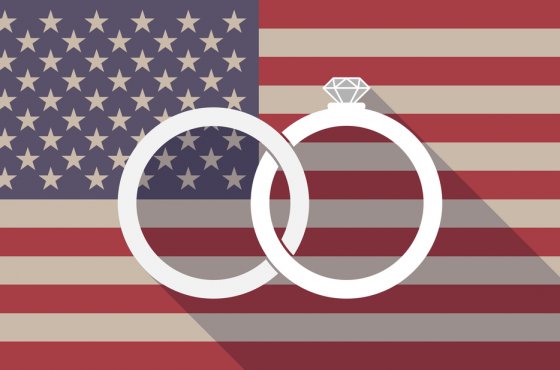The brightest 2016 meteorite of the year is approaching Earth

Фото: Depositphotos
On Monday night, January 4, the Earth will pass through a field of space debris left over from an extinct comet.
When entering the atmosphere, this garbage ignites, creating the so-called meteor shower, writes Vox.
This event was named Quadrantide, and it will be the first 2016 heaven show of the year.
Lasting only a few hours, it will also be the shortest of the year, with most meteor showers lasting a few days - however, the Quadrantid will be one of the brightest and most dazzling showers of the year.
“Between 60 and 200 meteors per hour could be seen under ideal conditions,” NASA says.
Fireballs will be larger and brighter than with the average meteor shower.
The sky show can be seen in almost all countries of the Northern Hemisphere, starting from 3: 00 in the morning on January 4.
Where did the Quadrantide meteor shower come from?
Despite the fact that the Quadrantide meteor shower has been observed by astronomers since 1825, scientists have only recently discovered the source of debris. They were the remains of a comet that fell apart about 500 years ago.
What kind of strange name is “Quadrantid”?
Meteors get their name from the constellations from which they emerged.
The Quadrantid takes its name from the constellation "Quadrans Muralis."
How to view Quadrantid?
Meteor shower reaches its peak from 3: 00 in the morning until dawn on 4 in January. It is expected that the moon at this time will be dull and will not interfere with seeing meteors in the sky.
Meteor shower should be visible in most of the Northern Hemisphere, the best view from Alaska and Hawaii. According to EarthSky.org, meteors will appear right next to the Big Dipper constellation.
If, however, you miss this rain, do not be discouraged. Several shooting stars can be seen every night from 1 to January 6, reports In-the-Sky.org.
As the “Forum” wrote, scientists have figured out what smells like a comet.
Subscribe to ForumDaily on Google News










